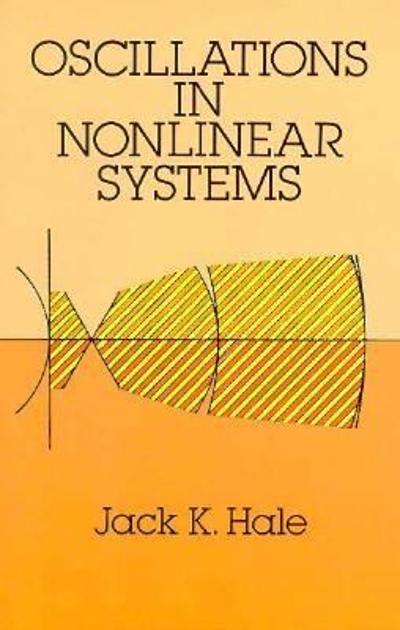Question
Hello I really need help with the highlighted portion of this assignment thank you! I had to edit this question but this topic is about
Hello I really need help with the highlighted portion of this assignment thank you!
I had to edit this question but this topic is about creating a design/data collection the
The picture below is what I need help with below is an activity reference
Completely Randomized Design
The defining property of a completely randomized design is that all subjects are randomly assigned to the various treatment and control groups.
Suppose you want to study the effect of a new nutrition supplement on energy level, as measured by the length of time a subject can comfortably stay on a treadmill. You have 50 volunteers for the study and you want to assign each volunteer to one of two groups: treatment (drug) and control (no drug). You could randomly select half the volunteers
for each group, or you could randomly assign each individual to one of the two groups. So, you have a choice between being sure that an equal number of subjects is in each group, or in being sure that each individual is randomly assigned to one group or the other. Either method is fine.
To randomly select half the volunteers, you could number the volunteers from 1-50, put the numbers on slips of papers, and then randomly select 25 of the slips for one group. You'd put the remainder into the other group. To randomly assign each individual to one of the two groups, you could flip a coin for each subject. If it comes up heads, the subject goes into one group, if tails, the other.
Now that you have two groups, randomly select one group to be the group that receives the real treatment. This group will take the drug. (The drug is the explanatory variable.) The other group won't be given the drug. This will be the control group.
In a perfect world, these groups wouldn't even know they were part of an experiment. That would help us avoid the Hawthorne effect, which is a change of behavior that can happen when subjects know they're being observed. If they know they're part of an experiment, at least they shouldn't be aware of what the treatment is. They should be blind to their role in the experiment in order to avoid a placebo effect. In this case, subjects who aren't given the drug could be given a sugar pill that looks just like the drug, so they wouldn't know if they were receiving the drug. After a specified length of time, we give both groups a treadmill test to measure energy level. (The length of time on the treadmill is the response variable.) Then we statistically compare the results for each group.
If we've randomized the groups, we can infer that any difference in the response? length of time on the treadmill ?is due to the treatment, since any confounding variables can be assumed to be acting on both groups equally due to randomization.
This is called a completely randomized comparative design because you're comparing more than one treatment. In this case you're comparing the effect of the drug to the effect of the placebo.
A diagram of this process might look like this:




Step by Step Solution
There are 3 Steps involved in it
Step: 1

Get Instant Access to Expert-Tailored Solutions
See step-by-step solutions with expert insights and AI powered tools for academic success
Step: 2

Step: 3

Ace Your Homework with AI
Get the answers you need in no time with our AI-driven, step-by-step assistance
Get Started


